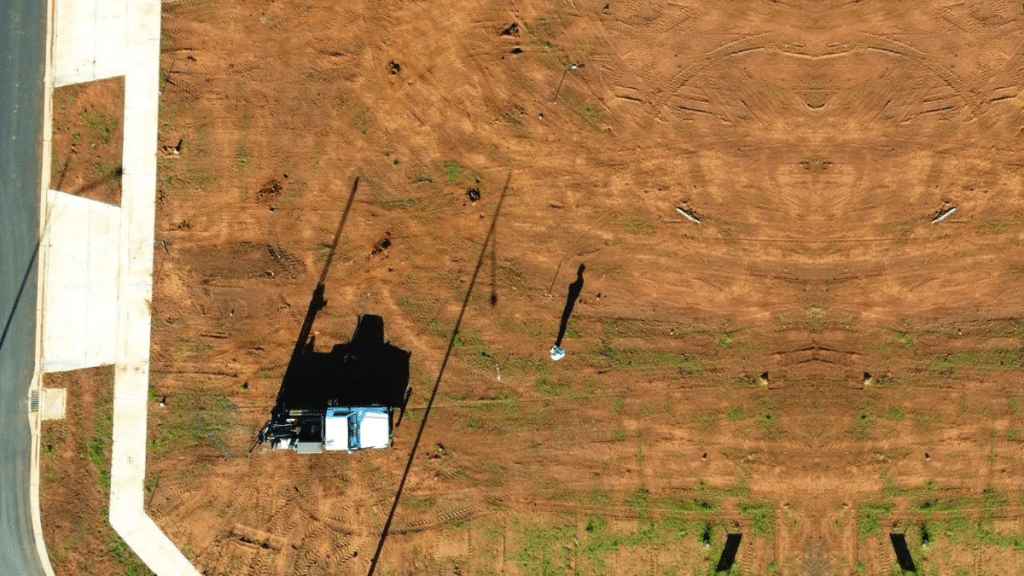Preparing for Your Soil Test: A Step-by-Step Guide for Melbourne Homeowners
If you’re planning to build a new home, an extension, or even a significant landscaping project, one of the most important first steps is conducting a thorough soil test. Given Melbourne’s diverse geology and unpredictable weather patterns, having a clear understanding of your site’s ground conditions can prevent costly issues down the track. Engaging professionals for soil testing Melbourne services ensure you’re building on a foundation you can trust.
To help homeowners feel informed and prepared, this guide walks through the process step-by-step—from understanding why soil testing is necessary to what you can expect during and after the test.
Why Soil Testing is Essential Before Construction
Soil testing helps determine the type of soil present on your property, its strength, reactivity, and moisture retention capacity. These characteristics directly influence the design of your foundation and the overall stability of your build.
Without a proper soil assessment, there’s a risk of:
- Cracked slabs and walls due to reactive or shifting soils
- Inadequate drainage leading to water damage
- Structural failure from under-designed footings
- Delays in approvals or increased building costs
In Melbourne, where reactive clay soils, sandy stretches, and rocky subsoils can all exist within a few kilometres of each other, ignoring these factors can have serious implications.
Step 1: Booking Your Soil Test
The first step is scheduling the soil test early in your planning process—ideally before architectural drawings are finalised. Soil test results are often a prerequisite for engineering designs, as they provide crucial information on how to approach the site’s foundation.
When booking, be prepared to provide:
- Site address
- Size and type of the proposed build (single/double-storey, extension, etc.)
- Site access details (e.g. locked gates, narrow driveways)
Step 2: Preparing the Site
To ensure the soil technicians can complete their work efficiently and accurately, it’s helpful to prepare the site in advance:
- Clear access: Ensure gates are unlocked and pathways are free of obstacles.
- Mark out boundaries or features: If possible, indicate where the building or extension is planned.
- Notify neighbours if needed: In some cases, machinery noise or temporary access may be a concern.
- Remove surface obstructions: Move any large objects like garden furniture or construction materials from the testing area.
Technicians usually require enough room to operate a drill rig or similar machinery to take soil samples, which are typically extracted from a depth of 1.5 to 3 metres.
Step 3: The Soil Testing Process
Soil testing typically involves a geotechnical engineer or technician visiting the site with a drilling rig or handheld auger to collect samples at specified locations. These samples are then labelled and sent to a lab for analysis.
Common tests include:
- Soil classification (to determine type and composition)
- Moisture content
- Plasticity index (important for clay soils)
- Bearing capacity
- Shrink-swell potential (which affects reactive soils)
The process is generally non-invasive and can usually be completed within a few hours, depending on the size and complexity of the site.
Step 4: Reviewing the Results
Once the testing is complete, you’ll receive a soil report—often called a geotechnical or site classification report. This document is crucial for your builder and engineer and outlines:
- Site classification (e.g. Class A, S, M, H, E, or P under Australian Standard AS 2870)
- Soil reactivity and moisture levels
- Recommended footing or slab types
- Notes on site conditions that may require special attention (e.g. fill, slope, vegetation)
Don’t worry if the terminology seems overwhelming, your builder or engineer will interpret the technical parts. However, it’s worth taking the time to understand the key findings, particularly if additional works (such as soil remediation or deeper footings) are recommended.
Step 5: Next Steps and Building Approvals
With the soil report in hand, your construction plans can progress. Engineers will use the findings to design a foundation system suited to the site conditions, and this design will be submitted for building approval.
If any concerns are raised in the soil report, such as poor drainage or high soil movement, addressing them early can save significant time and money during construction.
Tips for Choosing a Soil Testing Provider
While this guide doesn’t endorse specific companies, there are a few key considerations when choosing a soil testing provider in Melbourne:
- Look for experience with local conditions: Providers familiar with Melbourne’s varied geology can offer more accurate recommendations.
- Check for accreditation and compliance: Ensure the provider follows Australian Standards (especially AS 2870).
- Ask about reporting timelines: A fast turnaround can help you stay on track with planning permits.
- Read reviews or ask for referrals: Word-of-mouth can be a useful indicator of reliability and professionalism.
Final Thoughts
For Melbourne homeowners planning to build or renovate, soil testing is a crucial first step that shouldn’t be overlooked. It provides peace of mind, protects your investment, and ensures that your builder has the information they need to design a safe, stable structure.
By understanding the soil beneath your property, you’re laying the groundwork for a home that stands the test of time, literally from the ground up.

